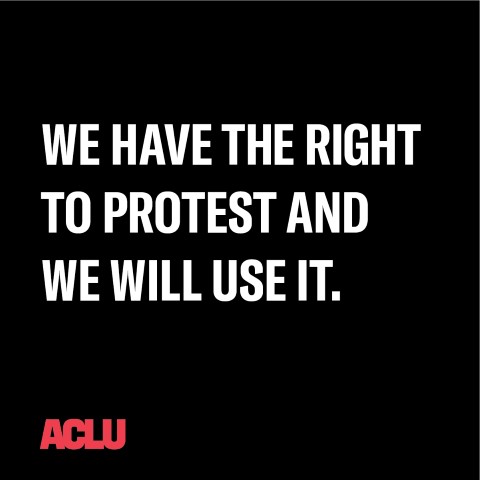Respecting the Right: Peaceful Protest and the U.S. Constitution
The U.S. Constitution, a sacred document in American history, provides its citizens with the privilege of freedom of speech and peaceful assembly. This freedom extends in spite of potential opposition – protestors are within their rights to document events, such as rallies and demonstrations, using photography and videography, as long as it doesn’t hinder any substatial law enforcement duties. Amidst military parades in Washington, a nod to President Trump’s birthday, and intensifying resistance against immigration clampdown in Los Angeles, protest planners are setting the stage for nationwide demonstrations. Protests, as a form of expression and a tool for change, have been embedded in the fabric of the United States from the country’s inception.
While the U.S. Constitution clearly delineates these rights, law enforcement agencies, ironically sometimes, may not always acknowledge or uphold them. When individuals partake in a demonstration or encounter law enforcement, their inherent rights may not always be respected. Consequently, standing for one’s rights does not guarantee a change in the way law enforcement might behave towards those involved. However, steps can be taken to ensure that personal testimonies or found objects during a search aren’t exploited as evidence against the individual in a court of law.
Public areas like sidewalks and parks create an open stage for these displays of civil rights. No permit is required for marching on public sidewalks if it does not cause disruption to vehicular or pedestrian movement. Law enforcement personnel can request marchers without a permit to step aside on the sidewalk for safe passage of other pedestrians. As stated by the ACLU, the freedom of dissenters and organizers reach their maximum extent in customary public spaces, such as streets, sidewalks, and parks.
This freedom also extends to the areas around government buildings permitting the public to voice their thoughts, given it does not create obstacles to the building’s access or to its regular functioning. Uniquely, the norms related to speech on private properties are at the discretion of the respective proprietors. On another hand, counter-protestors are also granted the right to express their dissatisfaction in the proximity of another dissenting group.
They can voice their opposing ideas and perspectives, however, the law does not grant them the privilege to physically disrupt an event or deliberately overshadow the voices they stand against. The rights of a protestor extend so far as to not having to answer if, or when, a police officer poses a question. The protestor reserves the right to stay silent, and voice their preference to consult with a legal representative.
Certainly, any statements made to non-police individuals can potentially be used against the speaker. The police also possess the right to frisk the outward layer of an individual’s clothing, without needing consent. A more extensive search, however, requires formal permission or a court-approved warrant.
In the case of an arrest, a complete search consequently follows as a part of the standardized arrest protocol. Law enforcement officials may not always state the absolute truth, taking liberties such as false declarations of evidence, exaggerated legal penalties, incorrect timelines of detention, and selective disclosure of recording status.
Deceiving a government official is often considered a crime in its own right, meanwhile, staying silent before consulting with a lawyer is seen as permissible by the law. Within a public domain, the option to photograph elements visible to the public eye, inclusive of governmental buildings and the police forces, is a protected right.
Private property, contrary to public spaces, allows the property owners to dictate their own photography and videography regulations. Law enforcement cannot seize or demand viewing of images or videos without acquiring a legal warrant. Under no circumstances are they permitted to delete digital data.
According to the ACLU, law enforcement cannot dissolve a protest unless there is a demonstrable threat to public safety such as indications of an imminent riot, disruption or traffic infringements. Protesters must receive a precise dispersal order, giving them a defined timeframe to retreat, clear consequences for non-compliance and a safe route for exit prior to arrest or legal charges.
The law lays a necessary condition on officers to provide a clear avenue and a fair amount of time to comply before enforcing legal charges. If an infringement of rights is suspected, the ACLU of Michigan advises to gather contact information from witnesses, visibly document any physical injuries, and make a note of every possible detail.
This can include law enforcement identification, like officers’ names, badge numbers, and patrol car number plates. With these crucial details, an individual can build a strong case for submitting a formal complaint to a civilian complaint board, police department, or appropriate agency. This safeguards the values the U.S. Constitution was built upon, first among them being the freedom of expression.



